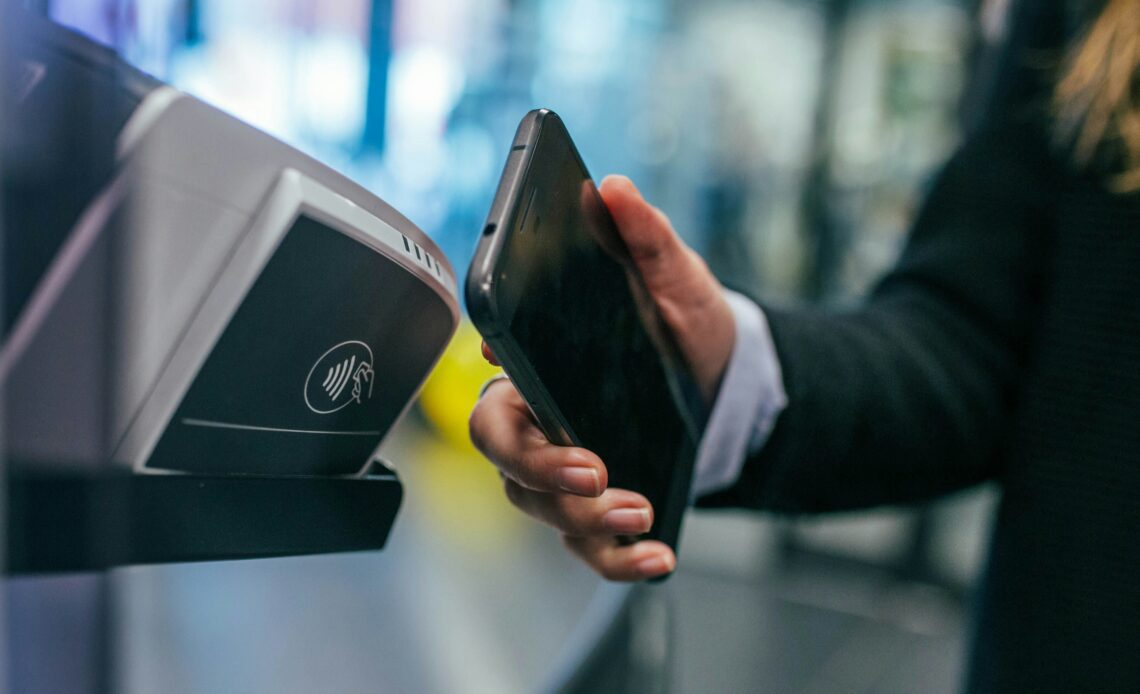Payments are one of the most promising areas for blockchain technology. But I believe they are not always well understood, and the discussion sometimes gets confused and overly ambitious.
Blockchains could face an uphill battle to replace traditional payment systems even though they look relatively competitive at the moment. On the other hand, I think many people are ignoring the biggest opportunity areas because they are not looking at the true transaction costs.
Paul Brody is EY’s global blockchain leader and a CoinDesk columnist.
One enduring myth is that old technologies, like mainframes, are driving up the cost of payments. In fact, centralized payment systems are extremely efficient. Indeed, it seems unlikely that decentralized systems will ever be more efficient as they involve lots of copying of data and verification. Decentralized systems are getting more efficient at this, but they are chasing a moving target.
Centralized systems are not sitting still, but they typically offer somewhat limited functionality. It is usually about transferring money and often involves little in the way of complex business logic support. Centralized systems work very well when the payment is one directional. Point-of-sale systems, person-to-person payments and repeated long-term payments, like payroll or mortgages, work very well in these contexts.
The real drivers of high costs in traditional payments are often either complex regulatory requirements or a lack of competition. This can lead people to confuse cost and price or to make what is, in effect, not really an apples-to-apples comparison.
Comparing a highly regulated system to one that sits in a gray area can be misleading. Many crypto-based remittance applications do little or no know-your-customer and anti-money laundering checks, which are costly and difficult to run. This is a cost advantage that is unlikely to last.
Low levels of competition are another big driver in high payment costs. This is true both for business-to-business and consumer-to-consumer payments. There are only a few big global payment networks, though competition in this space is rising. On the consumer side, the big driver of costs are retail networks.
Payments between consumers who already have smartphones and bank accounts are relatively low cost, but the costliest…
Click Here to Read the Full Original Article at Cryptocurrencies Feed…
























